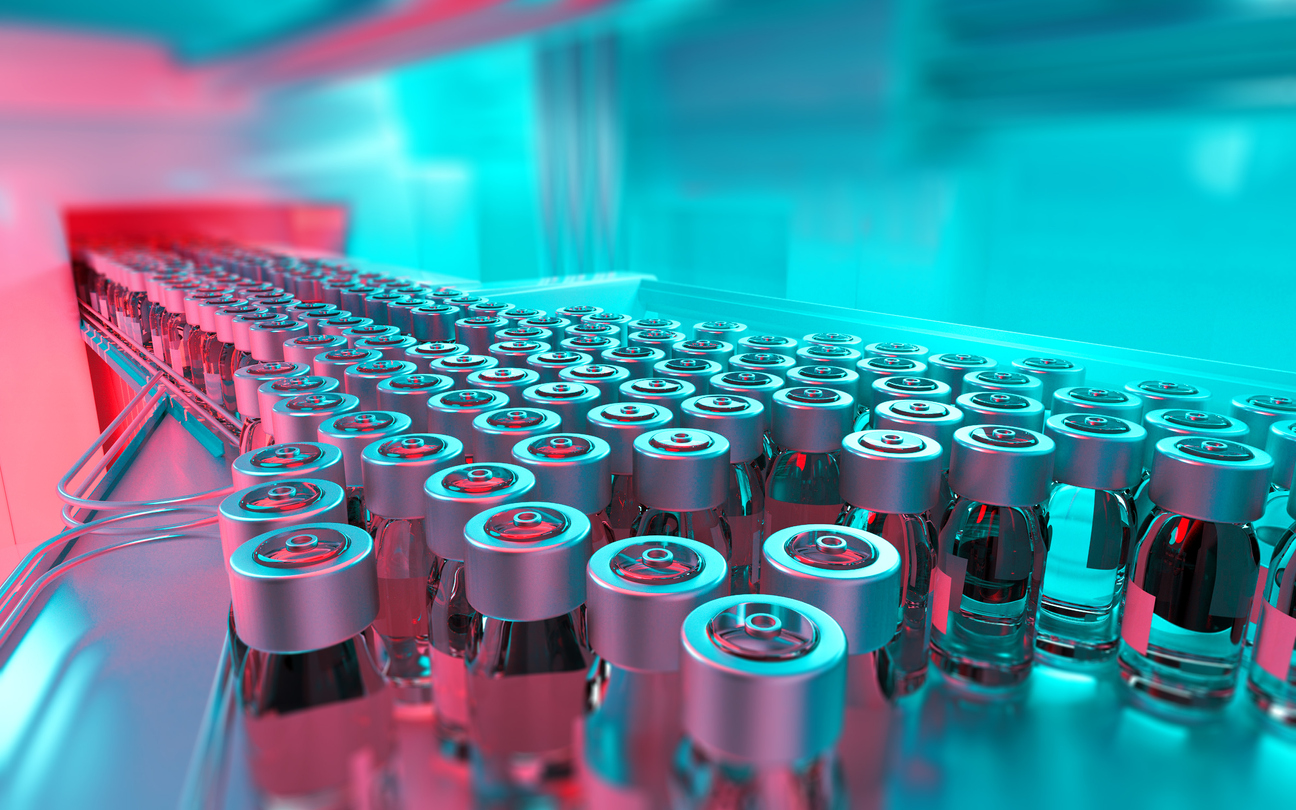In a recently released publication on the FDA website entitled, An FDA Self-Audit of Continuous Manufacturing for Drug Products (here) the FDA relayed its experience with some quantified data and some estimates of savings from the use of the continuous manufacturing (CM) vs. batch manufacturing (BM) albeit, from a limited number of applications.
Key take aways from the article are as follows:
- As far as the number of applications reviewed, FDA noted that, “[A]t the start of 2022, there were six approved applications that utilized CM, and in this study we focused on finished solid oral drug products. One application’s product was approved to be manufactured by either a batch or continuous manufacturing process, by the same company. OPQ used a set of 134 approved comparator products manufactured using batch operations, meeting certain selection criteria, and we made comparisons on additional subsets of this dataset.” Thus, the data set for CM products is limited.
- Applications approved that used CM are generally approved in a shorted period of time, on an average of 9 months faster than BM applications. The author notes, however, that “4 of the 6 CM applications were granted breakthrough status which speed up the approval process. But all were approved in the first review cycle with no complete response letters.
- Products approved through using the CM process were brought to market 12 months faster than those approved using the BM process. This is likely because process validation and testing were much more simplified and any changes in output are simply made by increasing the time the CM process is run.
- There were fewer supplemental applications submitted for process or manufacturing changes post approval between the CM and BM processes.
- FDA estimates the “dollar value of the time advantage for CM compared to the batch products to be between 171 and 537 million dollars. This is based on the mean and median time to marketing from submission.”
Sounds great, but the universe is of CM products evaluated is small and it is not clear if CM would benefit generic manufacturers as much as NDA applicants. This appears to be an issue as many of the brand NDA products have a large share of the market for new products in blockbuster status for years due to patent and exclusivity protection. If there are numerous approvals for a generic product, then the market share for each manufacturer may be significantly less. In addition, generic manufacturers typically have significantly more products that they must incorporate into their manufacturing schedules than brand manufacturers and at lower volumes. There has been reluctance for generic firms to jump into CM for those and other reasons, including initial start-up costs, space and clarity as to benefit. Likely a great idea but assessing for whom may be a bit of a challenge.




